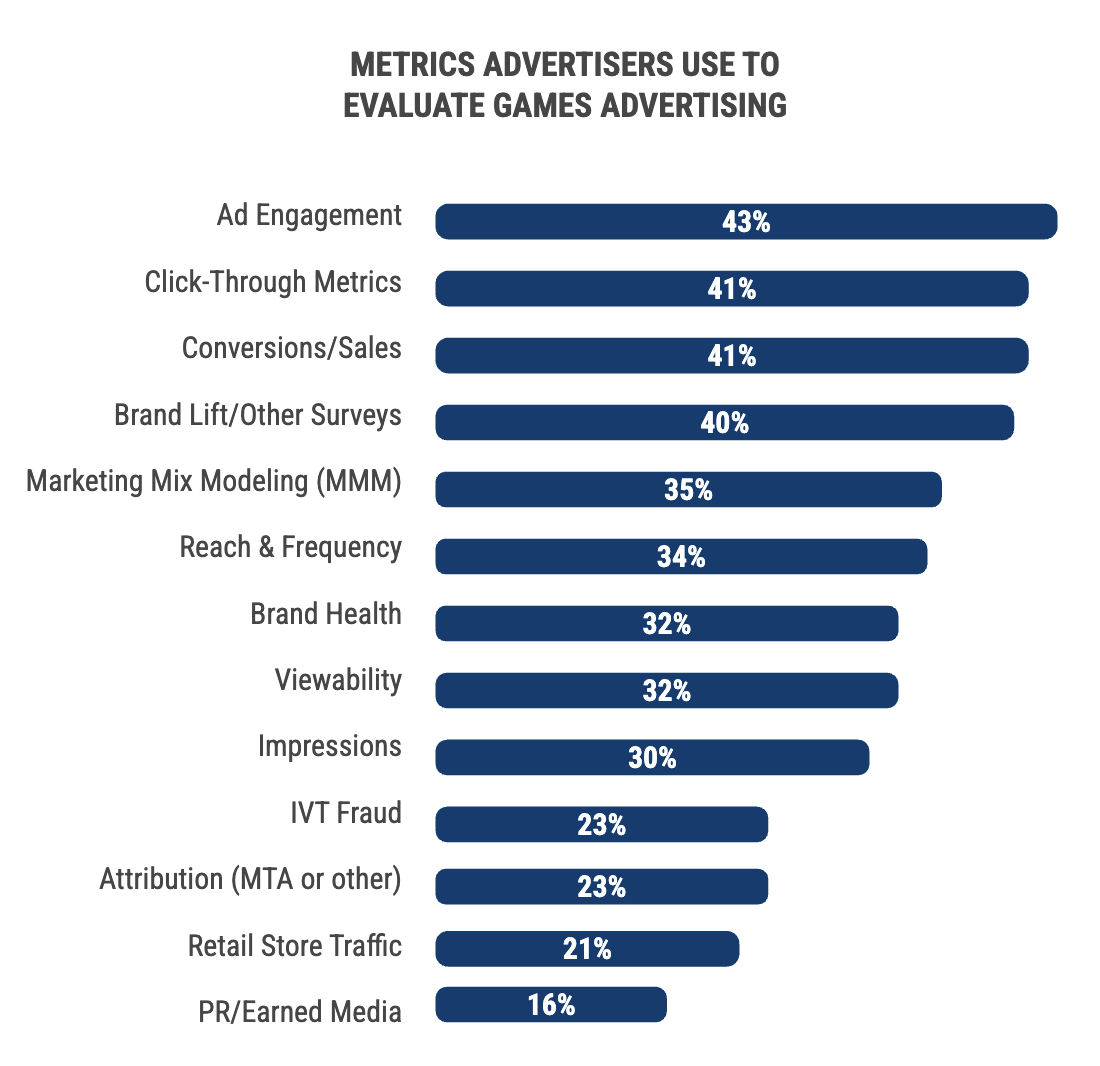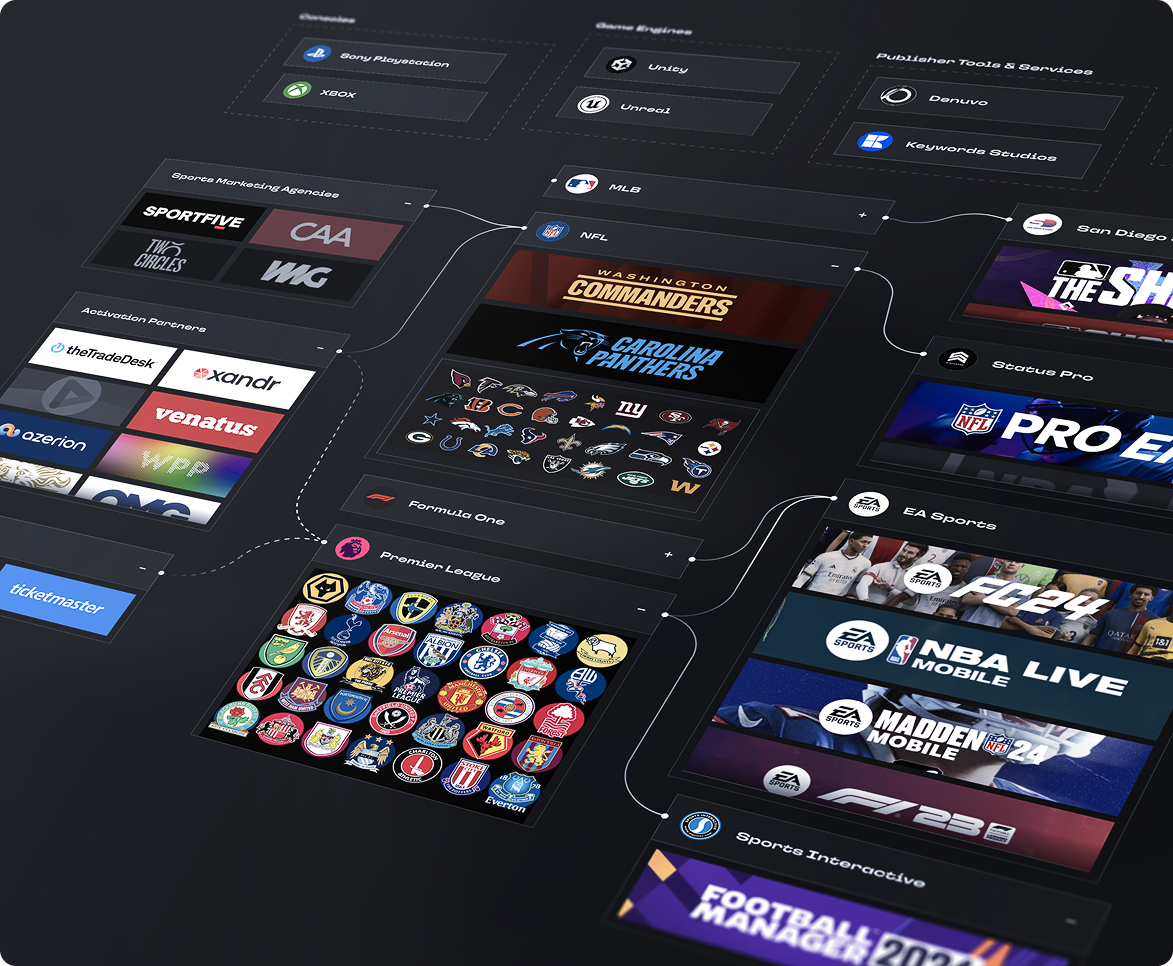The media and advertising industry continues to invest in video games, but progress has been hindered by a lack of measurement standards. The appetite for realising a bold vision is clear, yet common interests haven't manifested. The recent publication of the Interactive Advertising Bureau’s (IAB) gaming measurement framework makes it clear that advertisers see measurement as a core priority. Ultimately, everything is measurable, but the IAB and other research bodies can’t solve this alone. All parts of the industry must align on what matters and work together.

One of the most pressing challenges in gaming media is the imbalance between short-term performance and long-term brand building. As new flows for direct attribution emerge, including shoppable formats, CPA-led activations, and QR overlays, it has become easier than ever to plan and optimise for immediate outcomes, but while performance-driven campaigns are clear and compelling to advertisers, they represent only part of the picture.
In our view, short-term activation is most effective when it’s built on the foundation of long-term brand investment. Without consistent, sustained exposure in high-quality environments, performance marketing alone struggles to drive meaningful differentiation and maintain efficiency over time.
For a marketer looking to leverage the brand equity of premium content, video games, particularly console and PC video games, are an obvious choice. The environments are immersive, the audience's attention is concentrated, and they are often emotionally invested. In-game advertising presents an opportunity to leverage contextually relevant and easy-to-understand formats, which combine the brand-building impact of linear advertising with the enhanced targeting capabilities of online advertising.
What the industry needs is a more balanced mindset: one that recognises immediate outcomes and cumulative brand equity as part of the same value chain.
Targeting within closed ecosystems, where consented first-party data is available, can be applied to video games. However, broader cross-platform targeting is increasingly constrained by privacy regulations and shifting consumer expectations. While incremental improvements may continue, the vision of a fully addressable, identity-based network of gamers is unrealistic.
For advertisers investing in video games, this shift raises important questions about what targeting should look like and what it can realistically deliver. We believe the answer lies in contextual targeting. Unlike identity-based approaches that rely on cookies, device IDs, or authenticated logins, contextual targeting centres on real-time signals from both the in-game environment and the broader real world without relying on personal identifiers. These may include the time of day, device type, in-game events, as well as external factors such as seasonal holidays, local weather conditions, major sports or cultural events, and trending news or social media topics.
.png)
The IAB Gaming Measurement Framework introduces a tiered approach to metrics, starting with baseline measures and expanding to advanced and optional metrics across Display, Video, and Audio ad formats. Many of these are compatible, or even enhanced, by contextual targeting signals already available in gaming environments.
Time and again, we’ve seen context-first campaigns outperform industry benchmarks across key metrics, such as brand recall. As more buyers lean into the contextual nature of gaming, campaign measurement must follow suit by leveraging signals and moments from gameplay to inform attention, engagement, and lift metrics.

Consented first-party data presents significant opportunities, but it also poses challenges. When applied responsibly, first-party data can significantly improve targeting precision, campaign performance, and measurement clarity. However, there’s a growing consensus that a balance between relevance and privacy is required.
In gaming, first-party data refers to information collected directly from players through gameplay or account interactions, such as device type, platform, region, or session behaviour, typically with explicit consent.
Integrating first-party data into audience measurement enables more granular audience segmentation, allowing brands to go beyond surface-level delivery metrics and gain a deeper understanding of their audience. When combined with measurement partners, such as attention-tracking or brand lift providers, enriched data helps determine not only whether an ad was served, but also whether it resonated with the specific segments the brand set out to reach and influence.
The industry needs to ask itself what information it truly needs to benefit business, as opposed to indiscriminately gathering player data. Gaming, still in its relatively early phase of monetisation maturity, has an opportunity to get this right from the outset.
Advertisers have long wrestled with how to allocate their budgets across media channels. The question of how to balance investment between TV and digital, and increasingly, across the major platforms, remains one of the most urgent challenges in media planning. In 2025, advertisers are laser-focused on understanding delivery across these platforms, not only to assess relative performance but to justify allocation, avoid duplication, and plan with precision. Following recent initiatives from the World Federation of Advertisers (WFA), cross-media measurement remains firmly at the top of the industry agenda.
This is why gaming must evolve from being treated as a specialist channel to being evaluated on an equal footing with CTV, social media, and other digital environments. For that to happen, advertisers need shared frameworks, familiar metrics, and interoperable standards. The IAB’s Gaming Measurement Framework marks a significant and timely step forward, offering a common language that helps media buyers make meaningful comparisons between gaming and other digital environments.
Clearly, the ultimate goal has to be responsible media buying within a transparent supply chain. Getting there will require input from thought leaders who understand the market, and in particular, data scientists who can bring together the strengths of different data sources to connect the dots and deliver a complete view.


